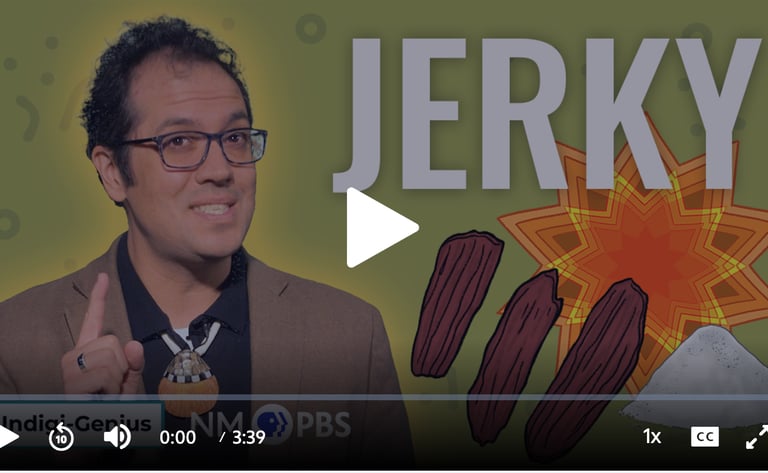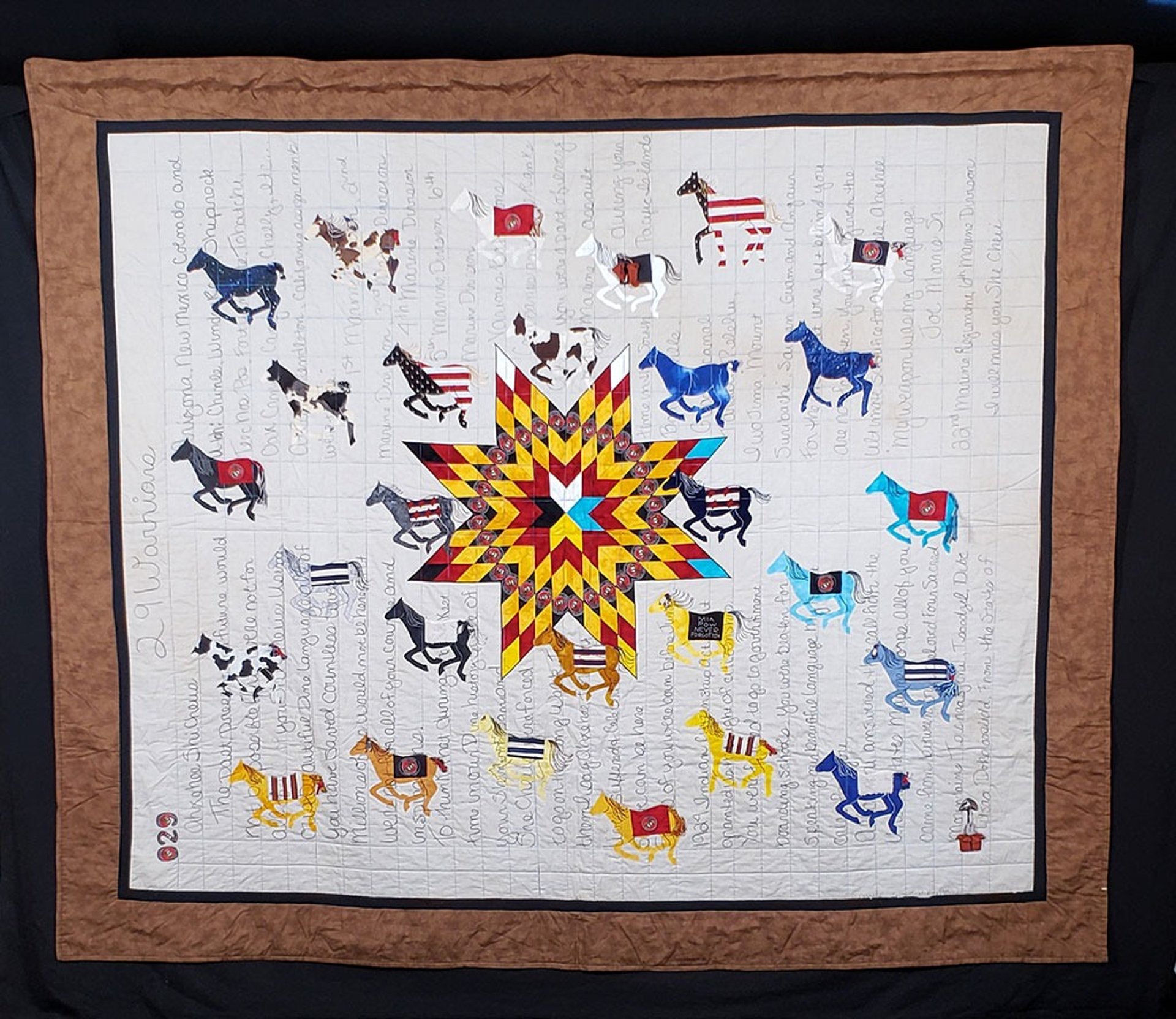
Art + Science + Story: How Kids Learn Through Creativity and Curiosity
Below are three learning invitations — rooted in Native art, history, and science — that show how art and science help children develop curiosity, empathy, and a deeper connection to the land we all share.
11/18/20253 min read
When children make art or explore science, they aren’t just learning skills — they’re learning how to see the world. They are practicing noticing, wondering, pattern-finding, storytelling, and problem-solving. And when we connect art and science through Indigenous stories, artists, and ecological knowledge, kids begin to understand that creativity and inquiry have always been intertwined.
Below are three learning invitations — rooted in Native art, history, and science — that show how art and science help children develop curiosity, empathy, and a deeper connection to the land we all share.

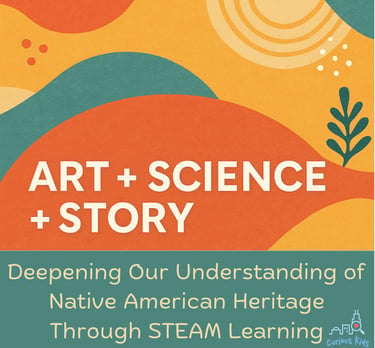

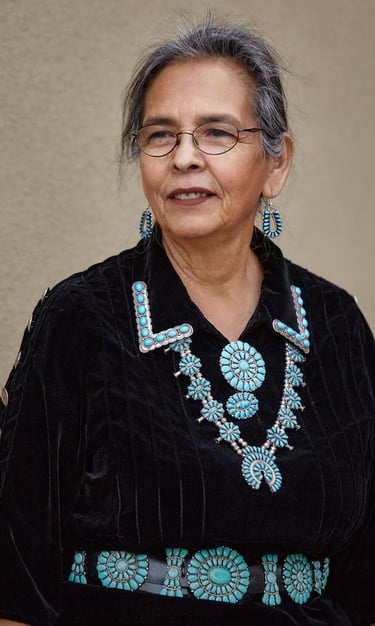

1. Story Quilts as Living History: Susan Hudson (Diné/Navajo)
Indigenous quilting traditions are powerful art forms that preserve memory, honor community, and teach resilience. Contemporary Diné textile artist Susan Hudson creates story quilts that center Native veterans, families, and Missing and Murdered Indigenous Women. Each quilt is a living archive, stitched with photographs, fabric patterns, beadwork, and narrative detail. She often says she is “sewing history back together.”
Watch: Navajo Quilt Artist Susan Hudson: Sewing History — Indian Country Today
Do: Create a Story Quilt of Nations
Invite students to research one Indigenous Nation. They might look for a symbol, landscape feature, or pattern that reflects identity, culture, or relationship to land. Kids can sew a simple square on felt or create a paper collage. Each square becomes a visual story — and when assembled, a collective quilt shows the richness and diversity of Native Nations across North America.Why this matters for STEM:
Quilting teaches spatial reasoning, geometry, measurement, and pattern recognition — all foundational to engineering and design thinking. Students begin to see that mathematics is woven into art and cultural tradition.
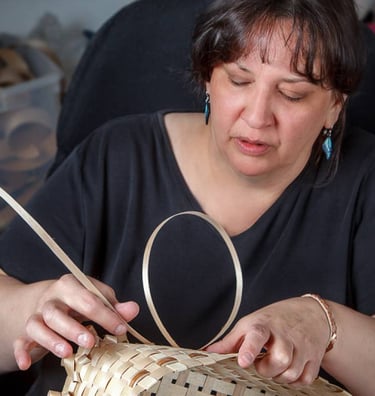

2. Weaving Ecology and Identity: Kelly Church (Pottawatomi/Ottawa/Ojibwe)
Artist, knowledge keeper, and environmental advocate Kelly Church weaves baskets from the Black Ash tree — a plant central to Great Lakes Indigenous cultures. But Black Ash populations are threatened by the invasive emerald ash borer. Church’s art teaches not just weaving, but ecology, stewardship, and intergenerational responsibility.
Watch/Read: Art Bytes: Artist Kelly Church Makes a Black Ash Basket
Do: Invite children to explore family and cultural gifts using the prompt: “Everyone in my family has something we are really good at… What about you?” Students can then try weaving with paper strips, raffia, or natural materials. This opens the door to talking about how traditional knowledge is passed down — and how environmental change impacts culture.
Extend: Watch "What Happened to the Black Ash in the Midwest?" Use the iNaturalist app to help children document local trees, plants, or insects. Connecting observation skills with community science builds environmental awareness and real-world data skills.
Field Trip: Art Institute of Chicago — explore Native arts and Great Lakes materials traditions.
3. Science in Everyday Survival: Osmosis + Indigenous Food Preservation
Before refrigeration, Indigenous communities used knowledge of the natural world to preserve food. One of these methods — making jerky — relies on osmosis, the movement of water across a membrane.
Watch: Indi-Genius: Jerky
Research: What is osmosis? How does water move in and out of cells?
Experiment: Gummy Bear Osmosis - Kids place gummy bears in water, salt water, or sugar water and observe how they expand or shrink overnight. This simple experiment mirrors the way moisture moves out of meat during drying, helping it last longer.
Why this matters for art + science:
Just like story quilts and basket weaving, traditional food preservation blends creativity, environmental observation, chemistry, and survival knowledge passed down across generations.

Closing Reflection
Art and science are powerful on their own — but even more powerful together. When children explore pattern, texture, storytelling, ecology, and experimentation, they begin to understand the world with both their minds and their hearts. These lessons honor Indigenous artistry, environmental knowledge, and the interconnectedness that makes learning joyful and whole.

Let's Connect!
Join our monthly adventures and stories
© 2025. All rights reserved.

